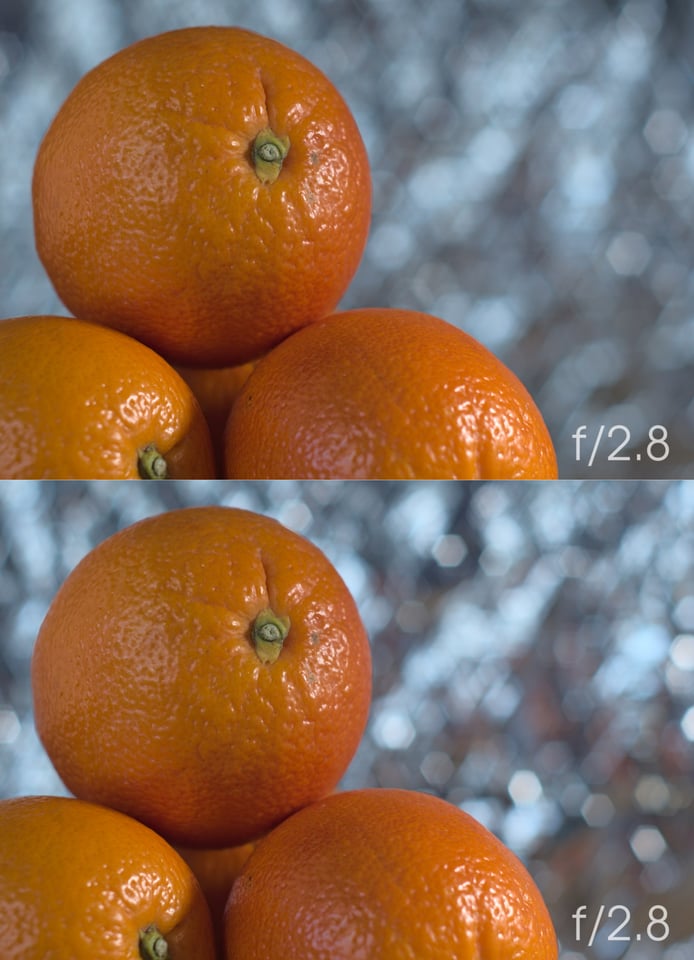كيفية الحصول على خلفية غير واضحة في صورك
How to Get a Blurred Background in Your Photos
يعد تعتيم الخلفية إحدى الطرق العديدة لعزل موضوعك أو إبرازه. هل تحتاج إلى عدسة خاصة للقيام بذلك؟ بالطبع لا! في هذه المقالة، نلقي نظرة على بعض الطرق التي يمكنك من خلالها الحصول على تلك الخلفيات الرائعة والجميلة باستخدام أي كاميرا وعدسة تقريبًا.
سنجاب، كاميرا Nikon D500 + عدسة 500 مم f/5.6 عند 500 مم، ISO 3600، 1/640، f/5.6
Blurring the background is one of the many ways to isolate or emphasize your subject. Do you need a special lens to do so? Absolutely not! In this article, we look at some of the ways you can get those creamy, beautiful backgrounds using almost any camera and lens.
 Chipmunk, Nikon D500 + 500mm f/5.6 Lens @ 500mm, ISO 3600, 1/640, f/5.6
Chipmunk, Nikon D500 + 500mm f/5.6 Lens @ 500mm, ISO 3600, 1/640, f/5.6
How to Get a Blurred Background in Your Photos
يعد تعتيم الخلفية إحدى الطرق العديدة لعزل موضوعك أو إبرازه. هل تحتاج إلى عدسة خاصة للقيام بذلك؟ بالطبع لا! في هذه المقالة، نلقي نظرة على بعض الطرق التي يمكنك من خلالها الحصول على تلك الخلفيات الرائعة والجميلة باستخدام أي كاميرا وعدسة تقريبًا.
سنجاب، كاميرا Nikon D500 + عدسة 500 مم f/5.6 عند 500 مم، ISO 3600، 1/640، f/5.6
Blurring the background is one of the many ways to isolate or emphasize your subject. Do you need a special lens to do so? Absolutely not! In this article, we look at some of the ways you can get those creamy, beautiful backgrounds using almost any camera and lens.
 Chipmunk, Nikon D500 + 500mm f/5.6 Lens @ 500mm, ISO 3600, 1/640, f/5.6
Chipmunk, Nikon D500 + 500mm f/5.6 Lens @ 500mm, ISO 3600, 1/640, f/5.6













تعليق